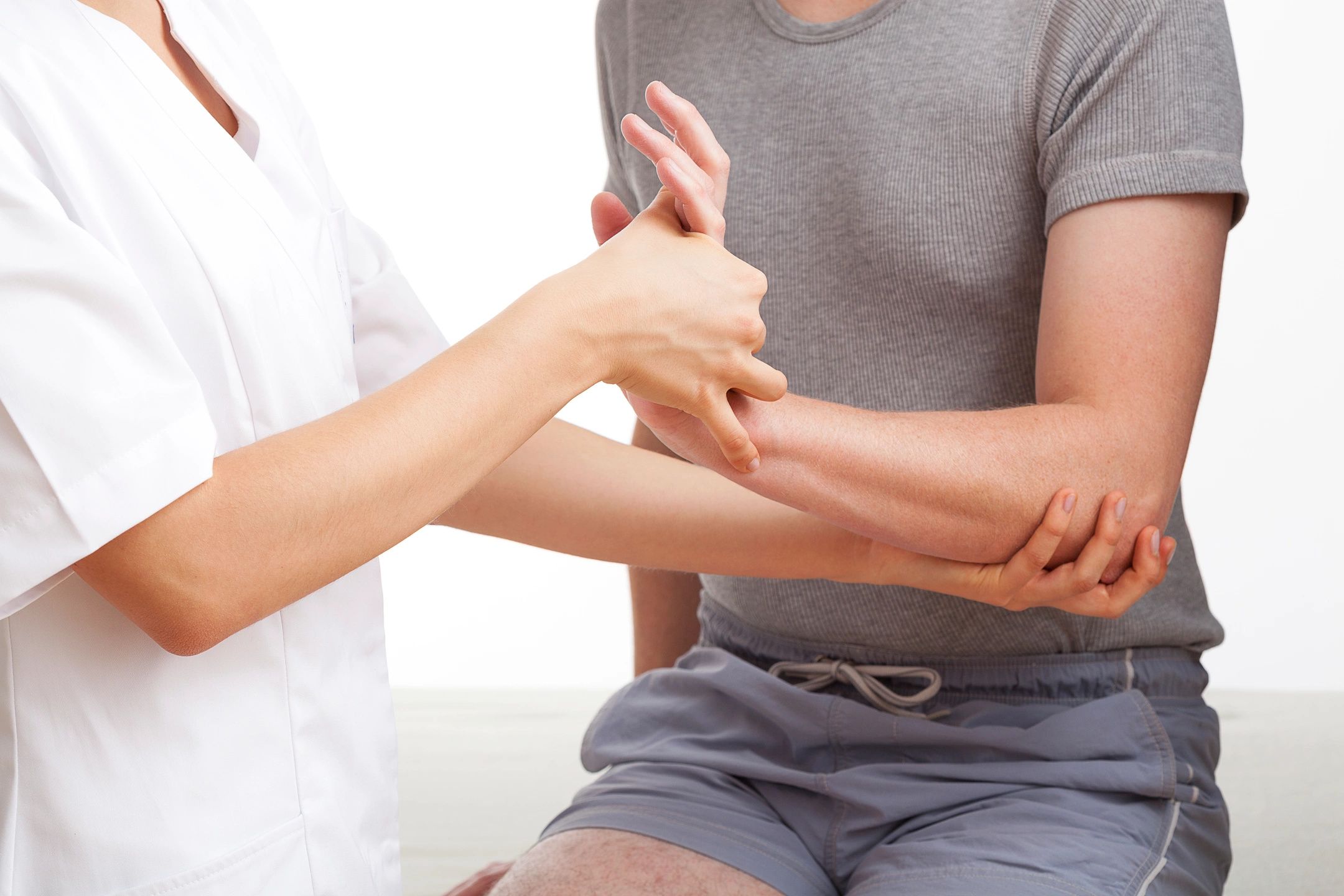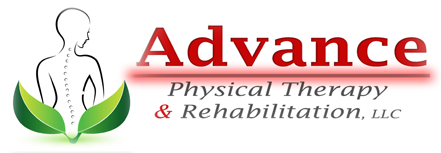
27 Nov Carpal Tunnel Syndrome: Physical Therapy Treatments That Work
Carpal tunnel syndrome (CTS) is a disorder of the hand that is associated with pain, weakness, and numbness. This condition affects millions of people across the nation each year. While some people may assume that surgery or wearing wrist braces are the only treatment options, physical therapy is the preferred first line of treatment.
Causes and Diagnosis
Carpal tunnel occurs when the median nerve, a major nerve found in the hand, get squeezed as it traverses through the arm. Work that requires repetitive motions of the arm such as assembly line work as well as arthritis and pregnancy increase chances of occurrence. Some experts have linked it to genetic and hormonal factors.
In the early stages, you will feel mild pain, weakness, and numbness on the affected hand. However, the condition gets worse with time. Early diagnosis is, therefore, crucial to reverse the situation . If you experience any of these symptoms as you work or sleep, consider seeing a physiotherapist for early diagnosis. If the symptoms appear after a traumatic arm injury, the doctor may recommend an X-ray to further examine the fractured region.
After, diagnosis the doctor will discuss with you different treatment options. If diagnosed early enough, simple measures such as wearing a wrist brace or avoiding activities that require repetitive movement of hand can help to relieve the symptoms.
If the condition is left unattended, pressure may build up on the median nerve, which may worsen the symptoms and damage the nerve. At this stage, surgery may be recommended to ease off the pressure on the median nerve.
Carpal Tunnel Treatment
The most common forms of treatment for patients with carpal tunnel syndrome are surgery and physical therapy. You may already be asking how effective physical therapy treatment is.
While surgery may be recommended for severe cases, most patients often remain inactive for up to two months after the procedure. Because of this, and the potential side effects of surgery, patients often prefer physical therapy as the first form of treatment, especially for mild to moderate cases. But from a long-term perspective, both treatments yield the same results.
When you start your physical therapy treatment, the first thing the doctor will advise is that you stop or change the activities that worsen the symptoms. In most cases, the activities include tasks that involve heavy grasping or lifting, repetitive hand motions, working or positioning on your wrist bent upwards or downwards, and holding vibration tools.
If you smoke, please inform your doctor, so that you can discuss ways of quitting. Likewise, if you are overweight, the doctor will advise on weight cutting strategies. These lifestyle changes are part of the carpal tunnel treatment.
Typical physical therapy treatment usually includes local ultrasound, splint, tens machine, exercises, laser, and steroid injections. In summary, the physical treatment will address the following:
• Tendon and media nerve gliding.
• Flexor retinaculum stretches and carpal bone mobility.
• Muscles extensibility.
• Posture and hand motion exercises.
• Thumb abduction, grip and pinch as well as forearm strengthening.
• Overall upper limb and wrist endurance and strengthening exercises.
These treatments focus on spacing the carpal tunnel and restoring the mobility of the wrist so as to ease the pressure on the median nerve. These hands-on treatment options stretch the tight ligaments and flex the tight joints.
The first step of treatment is usually simple exercises such as repetitive movements of the arm. This involves pressing your hands together as if you are holding something or praying then spreading fingers apart. From here spread your palms apart with fingertips held tight before pressing the palm back together again. Another alternative exercise that relieves pain is shaking your wrist gently.
If the doctor suspects the cause of the CTS is related to work, the specialist may do an ergonomic assessment or inquire about your workstation and how you carry out your tasks. Adjusting work practices to minimize the strain on your arms may be necessary. Ideally, your arms should be perpendicular to your hand and forearms when working on your desk.
In addition to the above, the physiotherapist will tie the affected parts with a wrist brace to protect the wrist. This intervention will relieve the symptoms while continuing with other therapies. A wrist brace help to ease pain and numbness experienced when you curl the hand while sleeping. The brace will keep your hand on a resting position. At this position, the carpal tunnel is enlarged, so the nerve has enough room to move within the tunnel.
The doctor may ask you to wear the splint at night to keep your arm from curling as you sleep until the symptoms suppress. You can also wear the wrist brace during the day to rest the tissues within the carpal tunnel. The main goal of the treatment is to eliminate anything that causes pressure to build up in the carpal tunnel.
Combining ultrasound and other modalities may also help to reduce swelling, which helps to control pressure in the carpal tunnel. Besides this, the doctor might also focus on reducing inflammation and restoring normal grinding of the median nerve and tendons in the carpal tunnel. The anti-inflammatory medication will help to reduce the symptoms of CTS and control the swelling. Another physical therapy that has proved to reduce pain associated with CTS is TENS (transcutaneous electrical muscle stimulation) machine.
Recovery and Aftercare
Since every patient is different, there is no standard recovery time. With that said, you should expect to see improvements within six weeks. Within this time and immediately thereafter, avoid activities that require heavy motion of the affected arm. If possible, do all your activities using a healthy wrist alignment.
To improve recovery outcomes, the doctors may suggest additional motion exercises to help you maintain good posture and support the wrist. The end benefit of these activities is to restore the normal functions of the nerve. The specialist will suggest various helpful tips and exercises to prevent future occurrence. The clinic will train you on the specific exercises to continue performing at home and the use of body alignments. For better recovery results, it is also important to maintain proper posture. The doctors will also train you on good postural technique.
Don’t wait for too long.
Early diagnosis will prevent the need for surgery. Except in severe cases, treatment for carpal tunnel syndrome can be managed through physical therapy alone. However, if the above physical therapies fail to suppress the symptoms, the physiotherapist will suggest surgery to ease the pressure on the median nerve.




Sorry, the comment form is closed at this time.